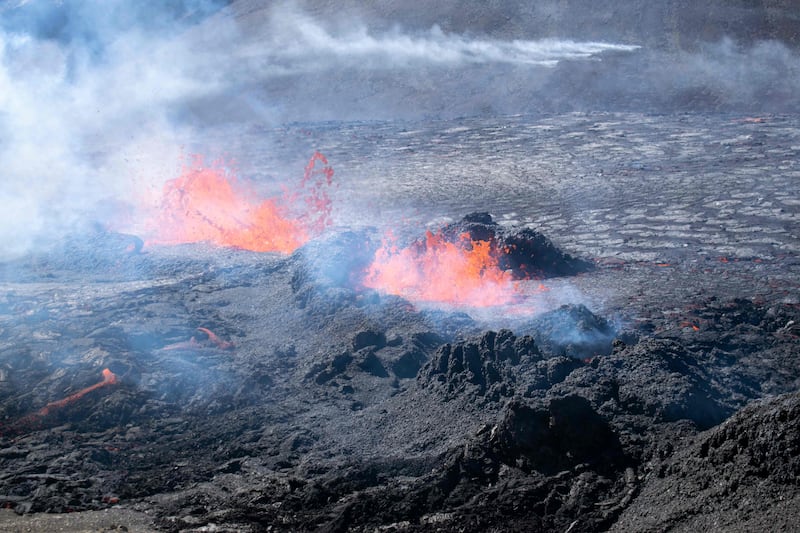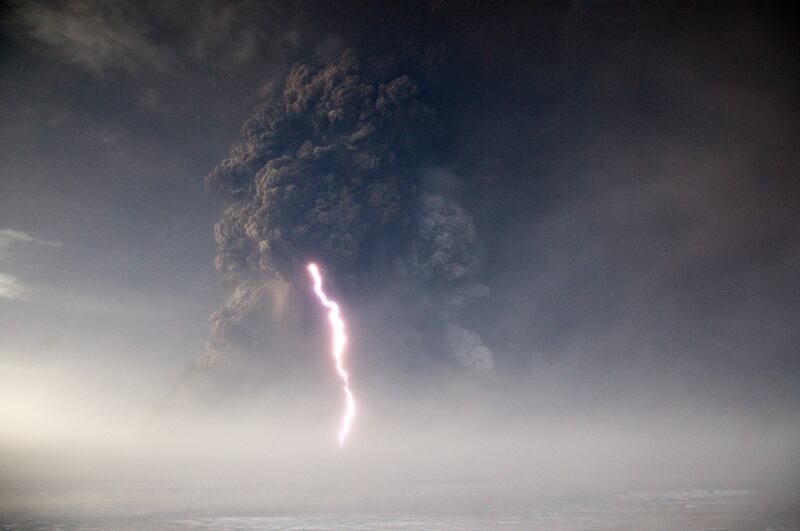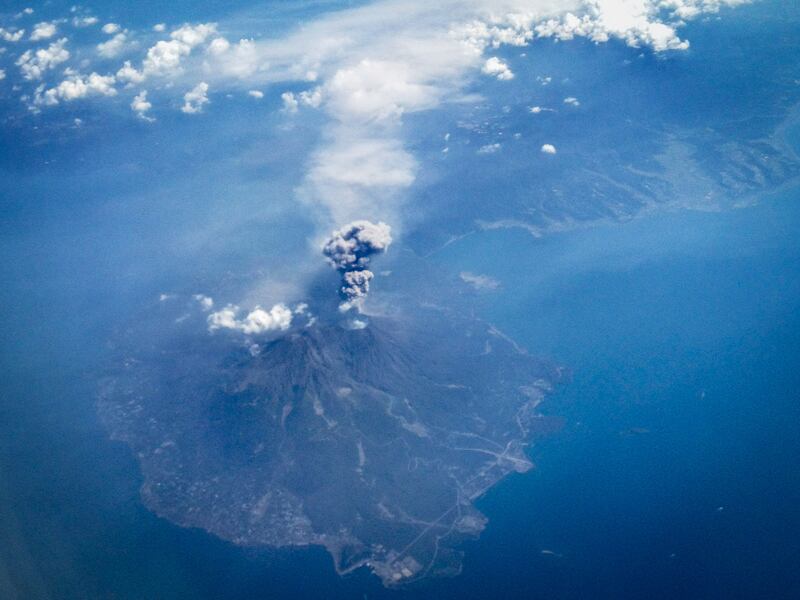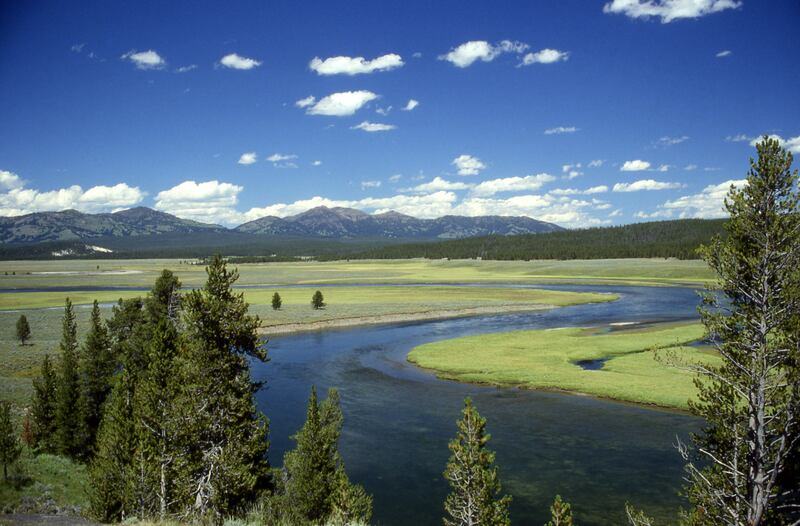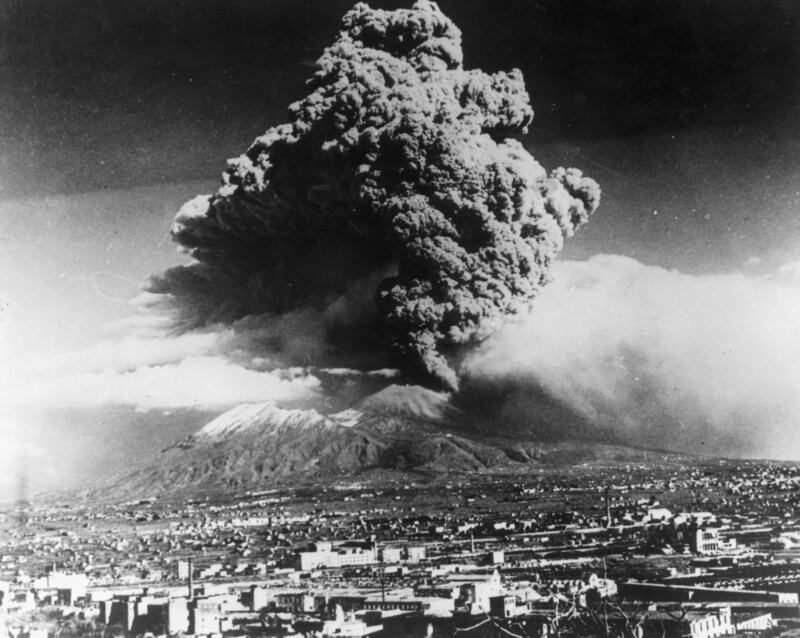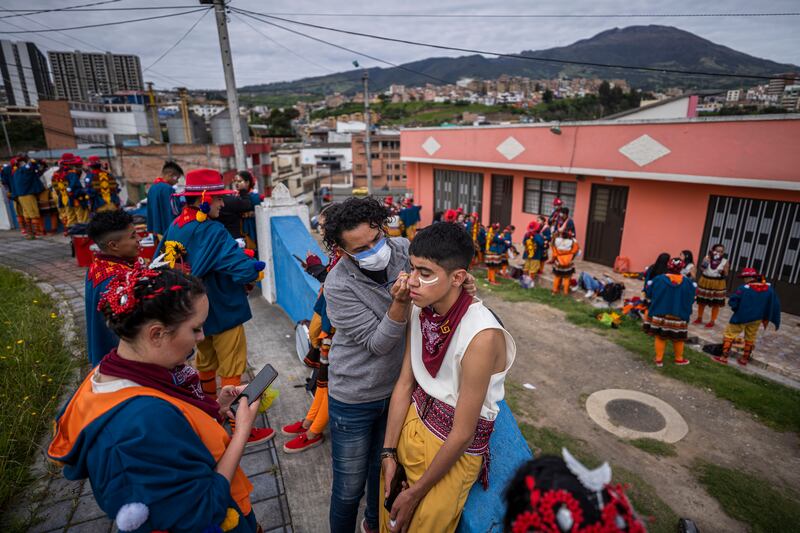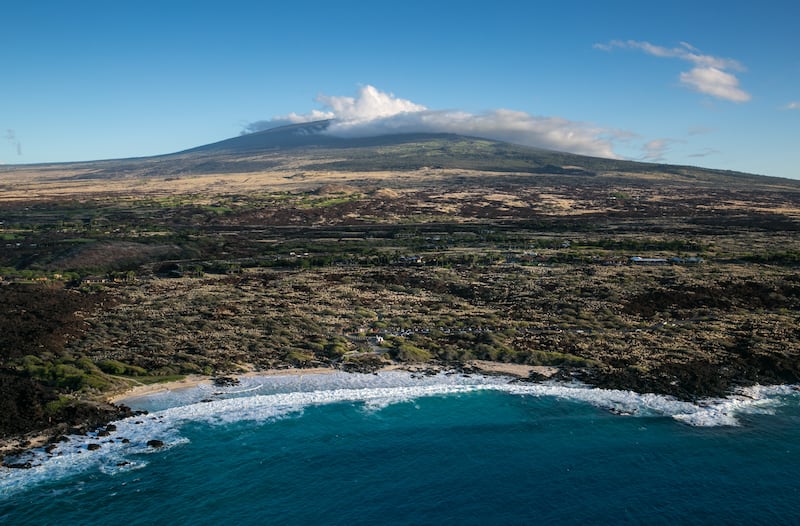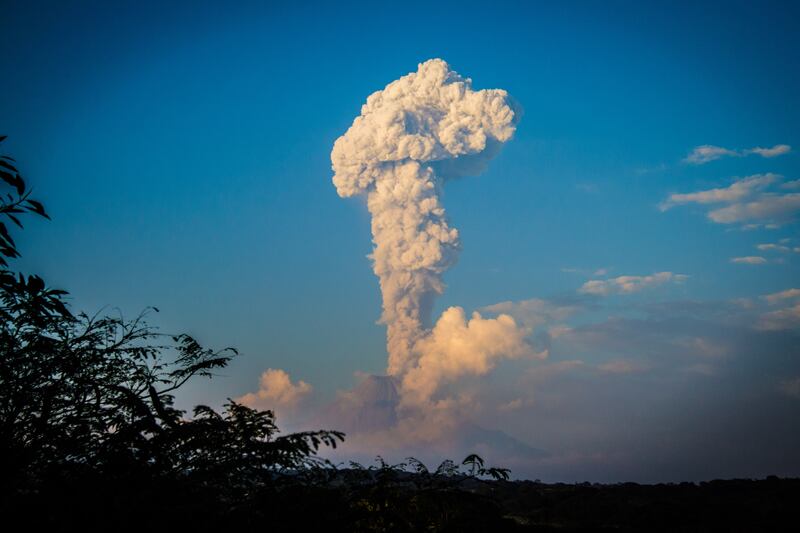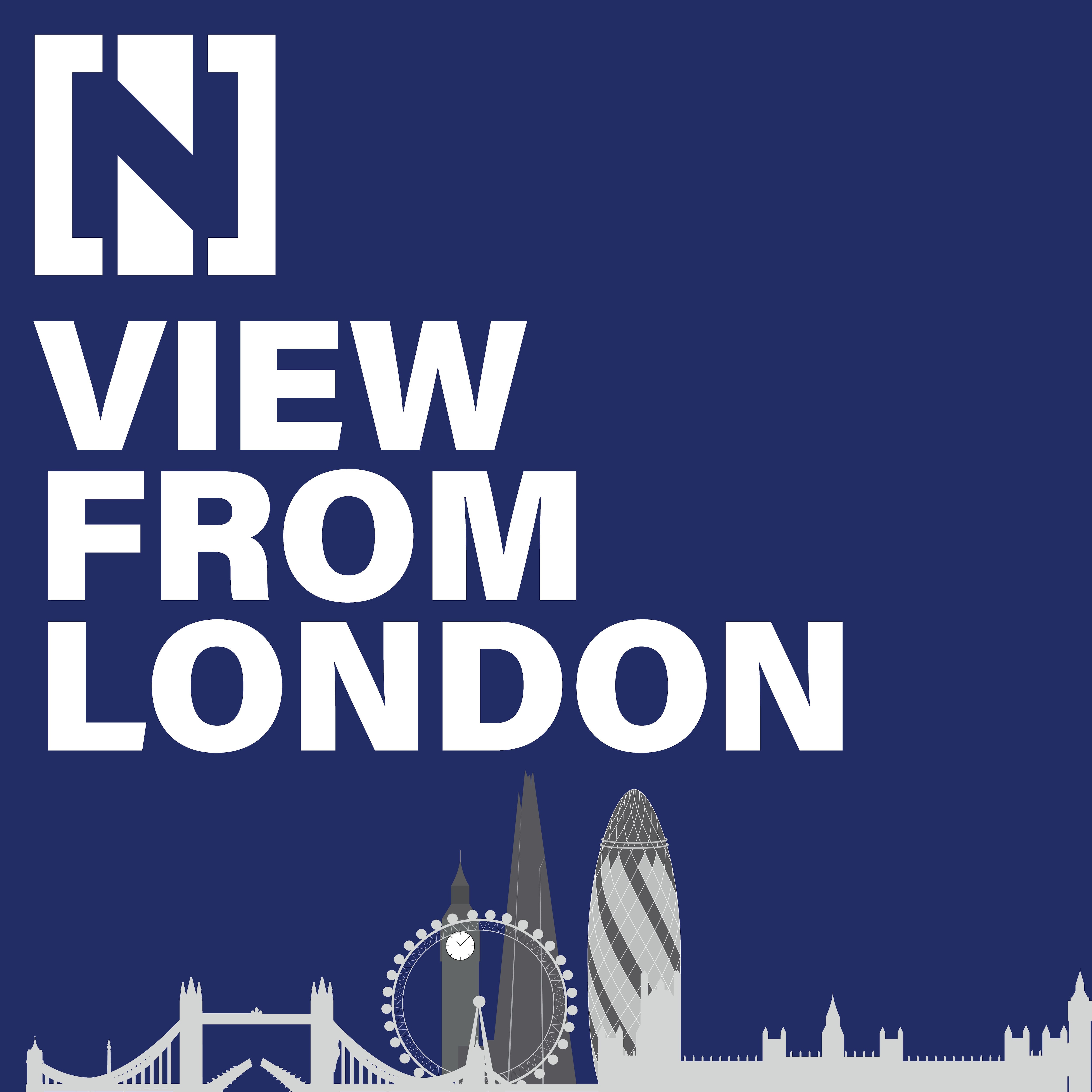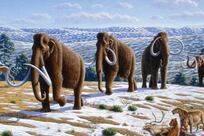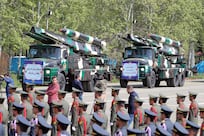Iceland on Thursday sought to use a volcanic eruption near capital city Reykjavik to kickstart its Covid-hit tourist industry.
With reports emerging of sightings of lava from the Mount Fagradalsfjall volcano, the shares of Icelandic airlines Icelandair and Fly Play, which flies under the banner Play Air, began ticking up. Within hours of magma appearing, Play Air was advertising the eruption on its website, describing it as “peaceful” and “picturesque.”
“There are not many things that can beat having an eruption an easy distance from your hotel, so this is extremely positive,” Birgir Jonsson, chief executive officer of Play Air, told Bloomberg.
“We saw already yesterday that the traffic into our booking system and all our social media greatly increased. So I believe this is exactly what the doctor prescribed especially when going into the fall and winter season.”
The nation, which calls itself the land of fire and ice, already has experience of how a volcano captivates imaginations and prompts travellers to book trips into the country.
An explosive 2010 eruption under the Eyjafjallajokull glacier spewed out a huge ash plume, capturing the world’s attention as it grounded about 100,000 flights over six days, and eventually turned tourism into one of the Nordic country’s biggest industries.
In contrast, the current fissure eruption on the Reykjanes peninsula causes no disruption to travel, and is what the Icelanders call a “tourist volcano,” where lava flows from a rift in the ground in a relatively accessible location near roads. That’s tempting onlookers to approach, even as authorities warn of toxic gases and seismic activity.
Arnar Steinn Elisson, on-site commander for local rescue team Thorbjorn, said “a few thousand” people could have visited the site on Wednesday, including both locals and tourists.
“Already yesterday there were buses from tourism companies with scheduled trips with guided walks as you cannot drive all the way to the eruption site,” he said.
Iceland volcano near Reykjavik erupts
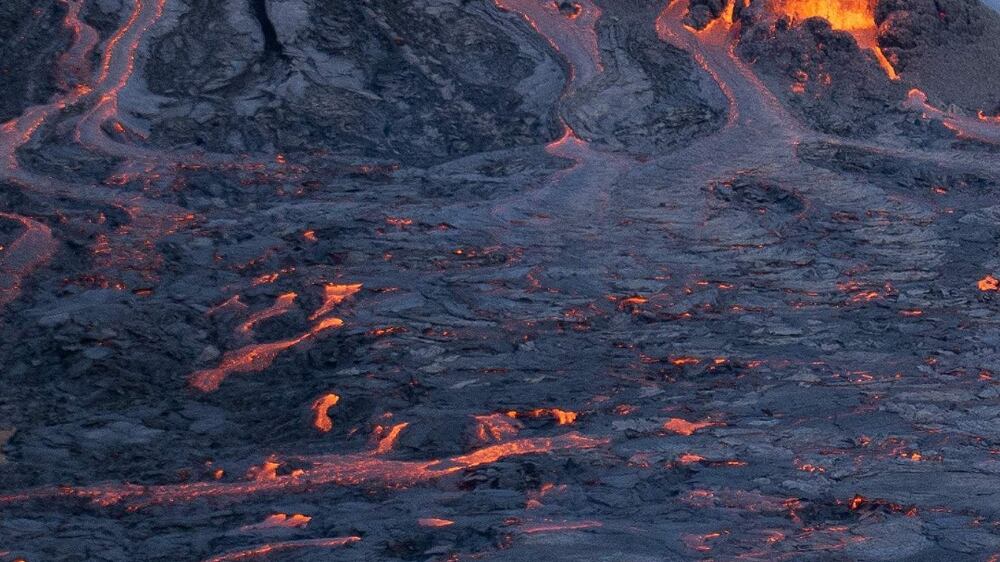
The area previously saw lava streams last year — the first in that area of the country in 800 years, sparking local businesses to begin offering tours to visitors. Some people even fried hot dogs as well as marshmallows on the lava, according to reports.
The 2021 “spectacle attracted thousands of locals and tourists excited about a (possibly) once-in-a-lifetime show,” Icelandair said in a blog on its website. “We expect that the 2022 eruption will have a similar magnetic appeal.”
Tourism accounted for 5 per cent of Iceland’s gross domestic product last year, down from about 8 per cent in the period from 2016 to 2019. The central bank has previously forecast tourist volumes would double to 1.4 million this year from 2021.
“The experience from the last eruption at the same site shows us that this is a tourist destination,” said Johannes Thor Skulason, chairman of the Icelandic Travel Industry Association. Given the pandemic has eased, “it’s likely that we‘ll have more people visiting as there are more tourists in the country.”
